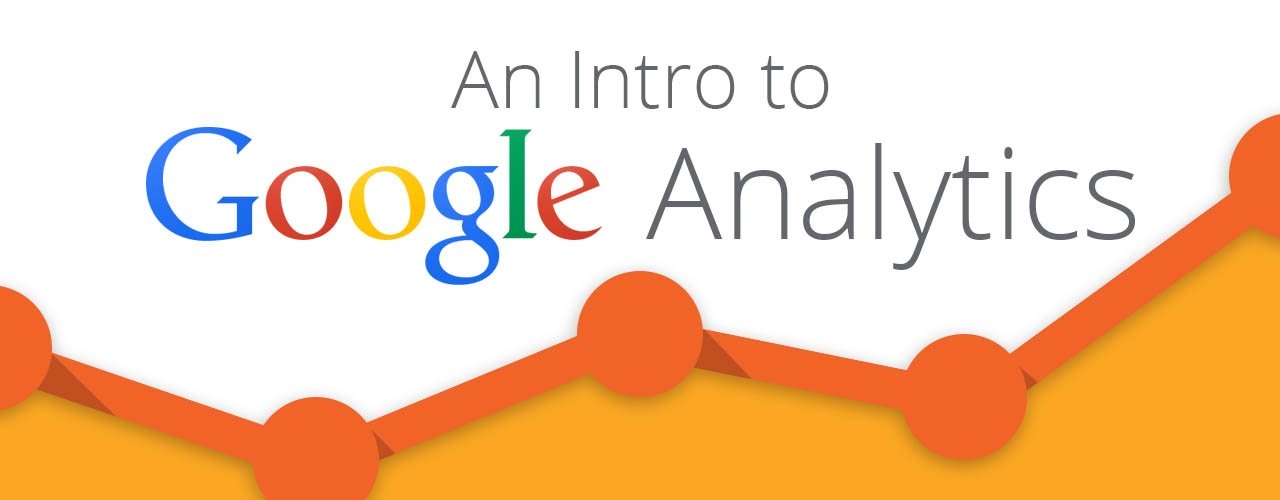Conversion tracking — how do we do it? We have a few methods, such as by tracking phone calls, website contact form, or shopping cart. But sometimes there is something preventing us from being able to track correctly. Or maybe we’re getting traffic to your website, but no response on your end.
If you’re getting quite a few clicks on your PPC ads and still no conversions, one of the best ways to find out how to get better results is to actually take a look at your Google Analytics.
Google Analytics is a tool that allows you to better understand how people are interacting with your website. Even though it takes all the technical stuff and translates it into something easier to understand, it still can seem inaccessible to someone who doesn’t know what information they can get from it. Confused already? You should probably reach out to a search engine marketing agency for help. Want to dive in on your own? Then read on!
The first step in learning how to use the tool is to know what you are looking for. Analytics has many complex reporting capabilities, but what basic information can it give us? Read on for my (math-free) attempt at breaking it down.
1. How Your Traffic Finds You
From a marketing perspective, this is one of the most important pieces of information you can have — insight into where your traffic comes from.
How many people are finding you organically? If the number isn’t very high, chances are you could use a little more effort toward your Search Engine Optimization.
If you have a lot of paid search traffic, can you get even more?
There are actually four different types of traffic you will see. If you look under the tab “Aquisition”, you’ll be able to see how you acquire your visitors.
David Kramer of the blog Social Sense breaks it down like this:
Search Traffic: This is your organic search traffic. It’s important. Since it’s based on relevancy and popularity, it means that whatever you’re doing, it’s working. You can also break this down by search queries.
Referral Traffic: Another website posted a link to your website, and someone else clicked. Yay! Kamerer suggests building these relationships as much as possible.
Campaign Traffic: Here’s the paid search traffic I was talking about — your online advertising. Not a bad way to get some more people to your site if you find yourself lacking visitors.
Direct Traffic: The cream of the crop — someone typed your URL into the search bar. (Yes, yours.) Are you doing anything to make this happen? Whatever you’re doing, keep doing it.
2. How Much Time People Spend On Your Site
If a visitor only spends a few seconds on your site, you should be concerned (unless they are converting immediately, which is unlikely). Either the content is not what they are looking for, or there is no clear route to your shopping cart or phone number.
Website visitors are pretty lazy. Why? Because they can be. There really are so many good websites and information sources available online. If the information they’re looking for isn’t readily available, they will leave the site quickly.
A high bounce rate is a red flag that something about your site is discouraging engagement. Your bounce rate reflects the amount of people who leave your site without interacting with it at all.
That means that if your bounce rate is 0.00%, you are doing something right. Right?
Not necessarily. There are other factors that could interfere with your bounce rate. Adam Howitt, SEM consultant, writes in his article about bounces rates that there are other possible reasons for such unbelievably good scores. Check it out before giving yourself a pat on the back, and then get cracking on ways to problem-solve.
3. A Page-By-Page Breakdown Of Traffic
You can use Google Analytics to get a breakdown of which pages people are paying attention to. As long as your site has the proper infrastructure (unique urls for each page and page titles), you can see which pages draw the most traffic and receive the most interaction. You can find this under the “All Pages” tab.
In-Page Analytics allows you to see a page-by-page breakdown of your site’s functionality and visitor interaction — visually.
It works like a virtual editor of your site. You’ll navigate through your site as usual, and see stats and diagnosis on the side. Use Google Analytics add-on as a way to see your site through your visitors’ eyes, and ask yourself if you would find it credible, relevant, and easy to navigate.
And Much, Much More
This only begins to cover the information you’ll find in Analytics, but you have to start somewhere. Check out the Analytics home page for more information, or to get set up. You won’t regret having the information, I promise.



